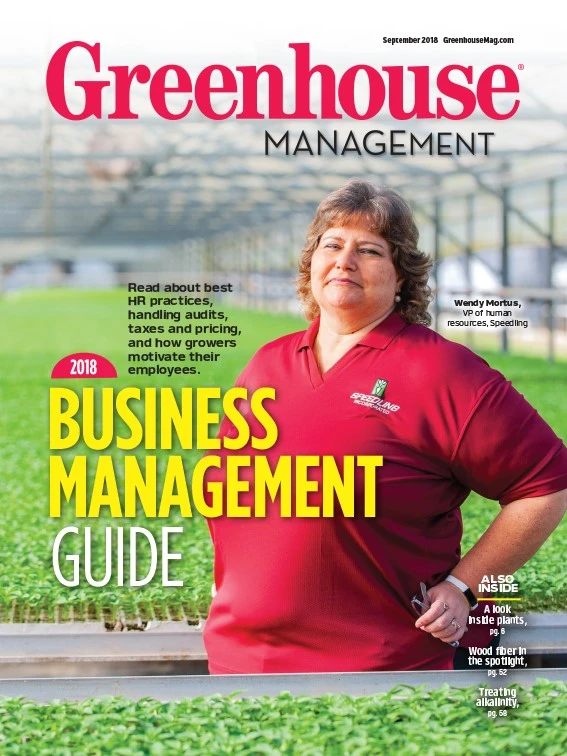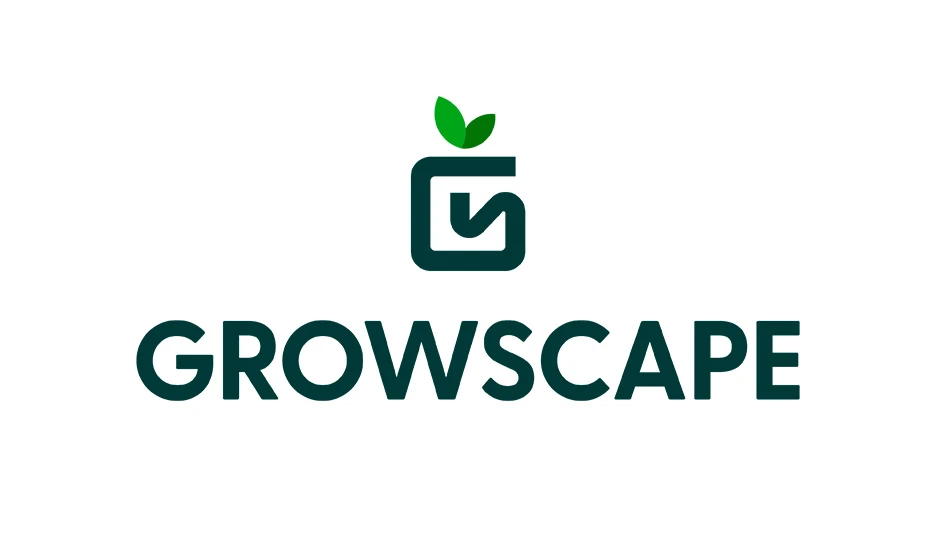

It’s very possible that I just might have dropped a ridiculous amount of money ordering the tiniest of tiny plants: a few bareroot live Lithops plants and some seed. Small plants … big price tag. We don’t need to get into the dirty details of my lifelong obsession with tiny cute things, but it did make me think about how customers attach value to plants, and which crops are considered premium. Size seems to matter in this industry, but should it?
We’ve done a really good job over the years of training our customers to value plants based on their size. Container size, that is. The bigger the container, the bigger the price tag. Sure, larger plants of any type take more inputs, so it seems only logical you should charge more for them.
We’ve also trained them that different types of plants should be valued the same, if they’re offered in a similar container size — for example, offering all 4-inch annuals, perennials, or herb for the same price. This does, of course, serve as a convenience to both growers and retailers, as it streamlines both the purchasing and selling of a wide selection of plant varieties — hoping to balance out the margins between higher and lower-cost varieties.
But when it comes to premium crops, value is in the eye of the beholder. Could you be charging a lot more for smaller plant specimens? If I’m any indication, the answer to that question is a resounding “Yes!”
There is a lot of buzz between industry pros, as of late, about scaling down the size of plants we’re selling … even down to plug-sized delivery. With the popular prairie garden movement, there’s a push to sell plugs so customers can buy the volume of what they really need to successfully execute such garden designs at a realistic price. Most of the industry grumblings I hear about such a small-plant movement is, “How on Earth are we supposed to make money on a few sales of plugs?!” Well, that is going to be the challenge: making such a project affordable for the consumer, but still earning meaningful cashflow on what you sell.
As with all things we want to sell, we must craft a solid marketing story around the product to bring meaning to the price tag. It’s probably also going to mean redefining the term “affordable” around such small plant/large space gardening projects. How much you get to charge for your plugs depends on how good of a job you do creating desire and demand with a good story.

When I look at the booming world of indoor plant enthusiasts, there is rabid consumption of plants based on the species, not the size. If you followed the Pilea peperomioides craze, then you know people like me were willing to shell out $75 for a tiny transplant. I probably would have paid more if that’s what it took to get what I wanted. Tiny succulents are also all the rage, and price is not usually the primary consideration when it comes down to the act of possession.
If you talk to most independent garden centers, many will tell you that one of their highest margin categories is indoor plants. Often, customers are looking for a specific species or variety of plant — and they are often willing to pay a much higher price to possess it. Annuals, on the other hand by their nature, are treated as disposables.
What if you created a new story around your “disposable” annuals, perennials, or other crops, independent of pot size?
Ultimately, how you value your crops, and how you market them to your customers, should take experience into consideration. Perhaps it’s experience that should weigh most heavily on the price tag of premium plants. This brings me to how both growers and retailers often inadvertently rob the marketplace of great plants; they transpose their own values onto a plant — instead of allowing the marketplace to boost opportunity.
Let me give you an example: I’m a garden center retailer that wants to do a big push on a new variety of echinacea. After contacting all my growers, I realize I can’t offer the plant I know my customer will want because all my growers tell me that “the plugs are too expensive” and they won’t grow it. Wait a minute… Shouldn’t I be the one to decide that? If I plan to sell a premium plant at a premium retail price, then I’d expect to pay a premium price for it to my grower. This is where good grower-to-retailer marketing comes into play.
Premium might not be permanent. Trends in the marketplace will of course guide you as to potential increases or decreases in your premium crop pricing and margins, as well as which crops to drop from or add to your premium line.
So sure, size matters. That said, I challenge you to examine your existing premium lines, standard lines, and potential new products. Can you spot an opportunity where an amazing customer product experience, plus a good story, could turn tiny plants into big profits?

Explore the September 2018 Issue
Check out more from this issue and find your next story to read.
Latest from Greenhouse Management
- Pennsylvania Horticultural Society shares top gardening trends from 2025 Philadelphia Flower Show
- California Spring Trials 2026 dates announced
- Les Evans promoted to DRAMMwater segment manager, Al Zylstra to retire
- Hoffmann Family of Companies to acquire N.G. Heimos Greenhouses
- GIE Media Horticulture Group wins five regional 2025 Azbee Awards of Excellence
- Grant awarded to test western U.S. wood species for use as wood fiber potting substrate
- Pennsylvania Horticultural Society announces 2025 Gold Medal Plant winners
- Oasis Grower Solutions announces new Southeast territory sales manager





